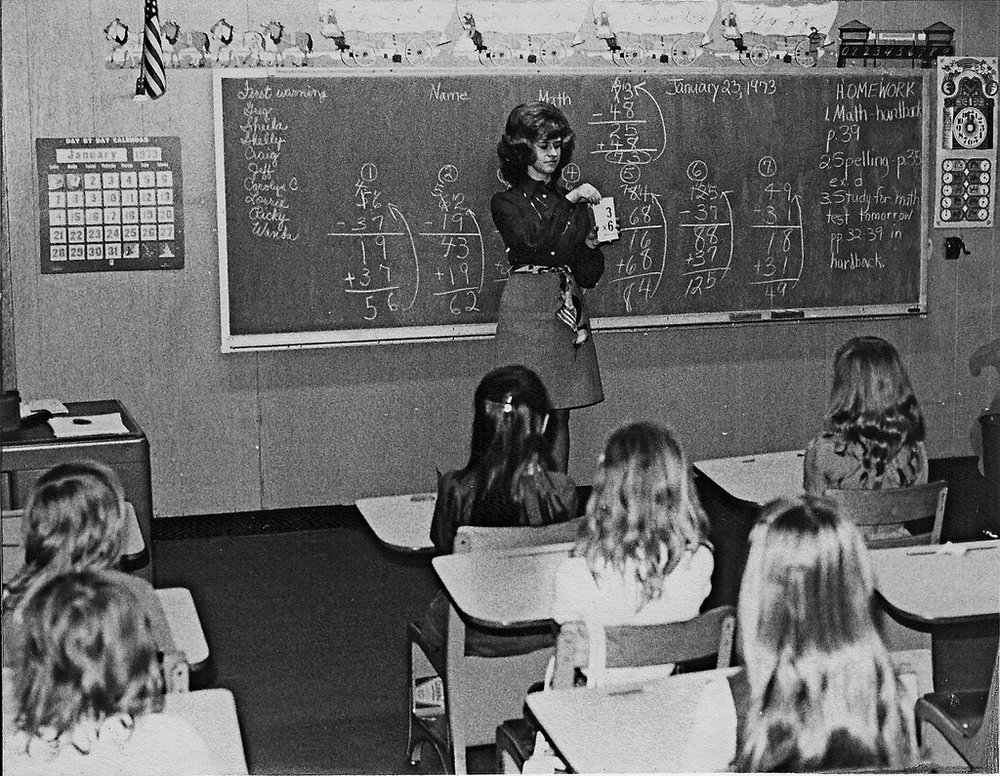How dynamic teachers in Mexico and India are developing a new teaching philosophy that “applies the logic of the digital age to the classroom.”
By Jessica Stillman (Editor, Women 2.0)
When Women 2.0 talked to conference keynote speaker and Google[x] executive Megan Smith recently, she didn’t express too much enthusiasm for our current model of education. “The state of education in the U.S. is pretty depressing,” she said.
Apparently, she’s not alone in that assessment, according to a fascinating and in-depth article that appeared in Wired recently. It chronicles the failures of our current educational philosophy based on the industrial model of a factory floor — with the kids playing the role of widgets — and offers an intriguing alternative.
Hope that things are about to change for the better comes via a revolutionary new approach to teaching being developed in some of the least expected places. The article by Joshua Davis traces the transformation of Sergio Juárez Correa, a teacher in less-than-prosperous Matamoros, Mexico, who decided he was done boring himself and his pupils to tears with the government-mandated curriculum. To improve his teaching, he took inspiration from the world of technology:
Juárez Correa didn’t know it yet, but he had happened on an emerging educational philosophy, one that applies the logic of the digital age to the classroom. That logic is inexorable: Access to a world of infinite information has changed how we communicate, process information, and think. Decentralized systems have proven to be more productive and agile than rigid, top-down ones. Innovation, creativity, and independent thinking are increasingly crucial to the global economy…
a new breed of educators, inspired by everything from the Internet to evolutionary psychology, neuroscience, and AI, are inventing radical new ways for children to learn, grow, and thrive. To them, knowledge isn’t a commodity that’s delivered from teacher to student but something that emerges from the students’ own curiosity-fueled exploration. Teachers provide prompts, not answers, and then they step aside so students can teach themselves and one another. They are creating ways for children to discover their passion—and uncovering a generation of geniuses in the process.
Intrigued? Check out the rest of Davis’ article for more on how other educators are experimenting with these ideas, and what science has to say so far about their effectiveness.
Would you like to see a similar approach taken at your kid’s school?

Photo credit: Judy Baxter via Flickr.

